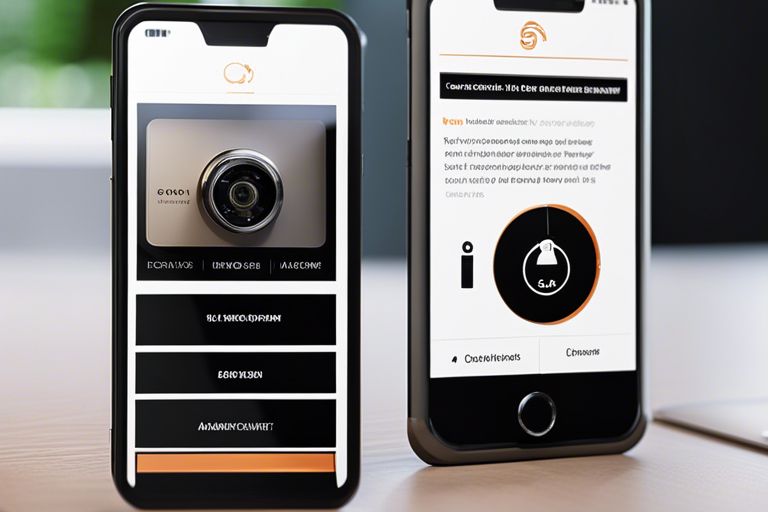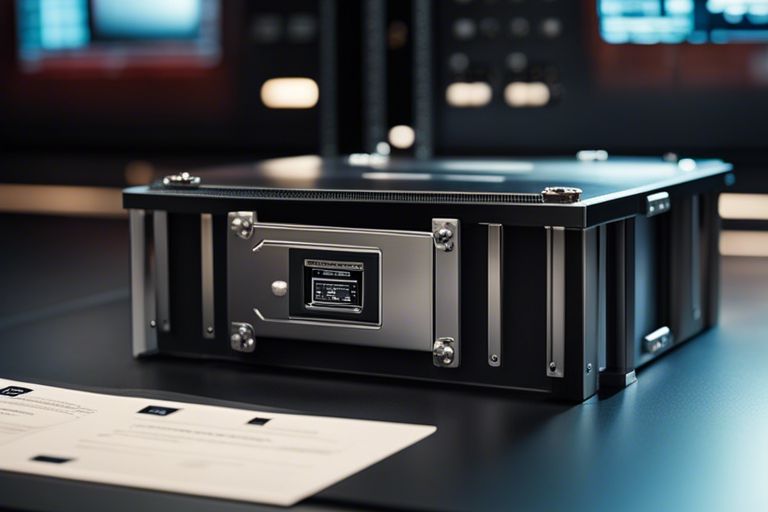Security is paramount when it comes to software development, and conducting a thorough security code review is a crucial step in ensuring the integrity and safety of your applications. In this guide, we will examine into the necessary practices and techniques required to effectively assess your code for vulnerabilities and weaknesses. By following these steps with precision and attention to detail, you can identify and rectify potential security risks before they manifest into serious threats, thereby fortifying the resilience of your software against malicious attacks.
Key Takeaways:
- Importance of Security Code Review: Conducting a security code review is necessary to identify vulnerabilities and weaknesses in software that could be exploited by malicious actors.
- Understand the Codebase: It is crucial to have a thorough understanding of the codebase before conducting a security code review to effectively identify potential security issues.
- Use Automated Tools: Automated tools can help streamline the security code review process by quickly identifying common security vulnerabilities and coding errors.
- Manual Code Review: In addition to automated tools, manual code review by experienced developers is necessary to catch more complex security issues that automated tools may miss.
- Regular Reviews: Security code reviews should be conducted regularly throughout the software development lifecycle to ensure that security vulnerabilities are addressed promptly and efficiently.
Preparing for the Security Code Review
Understanding the Codebase
Before exploring into a security code review, it is crucial to first understand the codebase thoroughly. This involves familiarising oneself with the architecture, design patterns, libraries, and frameworks used in the application. By gaining a solid understanding of the codebase, reviewers can better identify potential security vulnerabilities and assess the overall security posture of the system.
Assembling the Review Team
Assembling the right review team is key to a successful security code review. The team should consist of members with diverse skill sets and expertise in different areas of security, such as secure coding practices, penetration testing, and threat modelling. Each team member should bring a unique perspective to the review process, ensuring comprehensive coverage of security aspects in the codebase.
It is important to assign roles and responsibilities clearly within the review team. Designating a team leader to oversee the review process, setting clear objectives and timelines, and establishing effective communication channels are crucial for a productive and efficient code review.
Conducting the Review
Review Methodologies and Approaches
When conducting a security code review, it is crucial to follow established methodologies and approaches to ensure a thorough evaluation of the codebase. Common methodologies include manual code review, automated scanning tools, and a combination of both. Each approach has its strengths and weaknesses, so employing a mixture can provide a comprehensive assessment.
Key Security Factors to Evaluate
During a security code review, certain key factors must be evaluated to identify vulnerabilities and potential risks. These factors include authentication processes, data validation mechanisms, encryption methods, error handling procedures, and access control measures. Understanding these areas is necessary for determining the overall security posture of the application.
- Authentication processes
- Data validation mechanisms
- Encryption methods
- Error handling procedures
- Access control measures
Knowing the weaknesses in these key security factors can help in prioritising fixes and strengthening the security of the codebase. By focusing on these critical areas, developers can effectively mitigate security threats and bolster the resilience of the application.
Reporting and Addressing Findings
Documenting Security Vulnerabilities
When conducting a security code review, it is crucial to document any security vulnerabilities discovered. Clear and detailed documentation will help in understanding the nature and impact of the issues found, enabling the development team to prioritise and address them effectively.
Tips for Communicating Findings Effectively
Communicating security findings effectively is crucial to ensure that the identified issues are addressed promptly. When reporting findings, it is advisable to use simple language that can be easily understood by both technical and non-technical stakeholders. Providing clear explanations, along with suggested remediation steps, will facilitate a smoother resolution process.
- Avoid using technical jargon and jargon that is too technical.
- Ensure that the report is clear, concise and easy to understand.
- Use examples and real-world scenarios to illustrate the potential impact of the findings.
The use of visual aids, such as graphs or charts, can also help in conveying the severity of the issues identified. By following these tips, you can ensure that the findings are communicated effectively and actioned upon promptly.
Post-Review Actions
Prioritizing and Remediation of Security Issues
After completing a security code review, it is crucial to prioritise and remediate the identified security issues effectively. Prioritisation should be based on the severity of the vulnerabilities and the potential impact they may have on the application. Remediation should be conducted promptly, with critical issues being addressed first to mitigate the risk of exploitation.
Establishing Ongoing Security Practices
Once the immediate security issues have been addressed, it is crucial to establish ongoing security practices to prevent future vulnerabilities. This includes implementing regular code reviews, conducting security testing, and providing continuous training to developers on secure coding practices. Additionally, setting up automated security checks as part of the development process can help in identifying and fixing security issues early on.
Conclusion: How to Conduct a Security Code Review
Conducting a security code review is a crucial process in ensuring the safety and integrity of your software. By following a structured approach, such as defining scope, using automated tools, and manual code inspection, you can identify and rectify vulnerabilities effectively. Thorough documentation of findings and implementing best practices are key to a successful code review. Recall, security is a continuous process, and regular code reviews help in maintaining a robust defence against potential threats. Stay vigilant, stay informed, and prioritise security in all stages of software development.
FAQ
Q: What is a security code review?
A: A security code review is a process in which a software’s source code is systematically examined to identify and fix security vulnerabilities.
Q: Why is conducting a security code review important?
A: Conducting a security code review is important as it helps in identifying potential security weaknesses in the software early in the development process, reducing the chances of security breaches.
Q: What are the key benefits of conducting a security code review?
A: The key benefits of conducting a security code review include improved security posture, reduced likelihood of security incidents, compliance with security standards, and overall enhanced quality of the software.
Q: Who should be involved in a security code review?
A: Ideally, a security code review should involve developers, security professionals, and quality assurance personnel to ensure a comprehensive and effective review process.
Q: What are the best practices for conducting a security code review?
A: Best practices for conducting a security code review include using automated tools for initial scanning, following coding standards and guidelines, prioritising identified vulnerabilities based on risk, and providing actionable feedback to developers.






